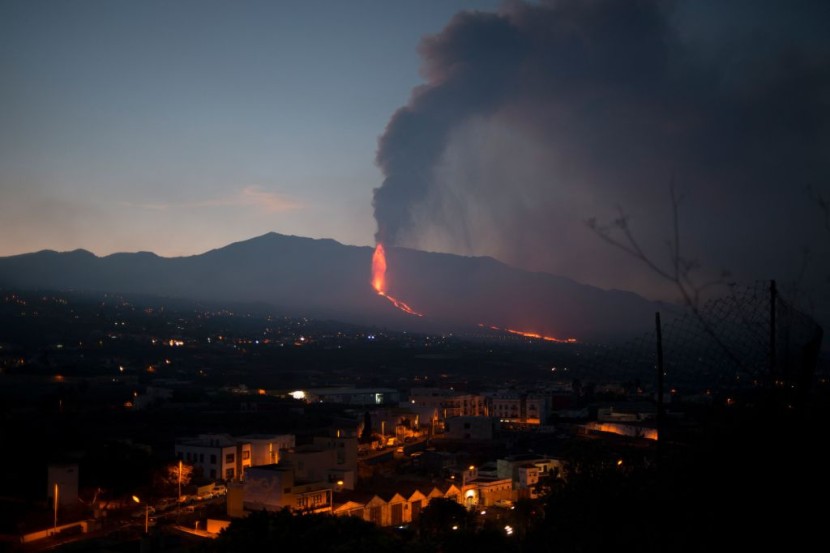
The Cumbre Vieja volcano has started to erupt more violently recently, putting residents, their homes, and livelihood at more risk.
Last weekend, the Canary Islands government and Spain's Instituto Geografico Nacional released a joint statement saying that the volcano's activity continues to be intense.
They also confirmed that a new crater was discovered and that the volcano is also throwing out millions of cubic meters of lava. This activity suggests that the eruption will most likely last for a couple more weeks before it will finally stop.
Canary Islands to receive financial help and support following volcanic eruption
But despite the ongoing eruption, Miguel Angel Morcuende, the technical director of the Canary Islands' emergency volcano response committee, said that the air quality in the affected areas has improved. This means that it can employ local stay-at-home measures.
Additionally, new desalination plans will also be used to replace an irrigation link destroyed by the volcano. Once completed, this will ensure that residents on the south of the island will have enough water supply.
Canary Islands President Angel Victor Torres also promised to help the 1,000 families that lost their homes, as well as the hundred others that lost their livelihood.
"We recognize the anguish, but it's teaching us a lesson. Because when you approach somebody who's lost everything, they are always willing to tackle the situation. They're not giving up," Torres said via CNN.
Spain's Prime Minister Pedro Sanchez also pledged $238 million to aid the island following the volcanic eruption.
Sanchez said that the cabinet would approve a powerful series of measures that will make it possible to address problems with infrastructure, water supply, employment, agriculture, tourism, and fiscal benefits.
Cumbre Vieja volcano won't stop erupting anytime soon
The La Palma volcano first erupted on Sept. 19, and it has been spewing molten rocks at varying speeds.
At the time, residents of La Palma were asked to evacuate from their homes. And those with disabilities and the elderly were transported out of their properties, according to the Washington Post.
Following the evacuation of 5,000 individuals, Spain's Civil Guard predicted that they might have to evacuate 10,000 more residents due to the worsening conditions in the area.
Days later, officials expressed their concern over the possibility of the molten hot lava bringing acid rain to the Canary Islands. And their fears were confirmed less than a week later when the lava finally reached the sea.
To prevent themselves from getting sick, officials urged residents to seal their doors and windows to stop toxic gas from entering.
Authorities also established an exclusion zone to protect residents from explosions and toxic gases.
Unfortunately, the end is still nowhere in sight because predictions are that the volcano will continue to erupt for more weeks. Luckily, no casualty has been recorded as of press writing.
However, some beachgoers are upset after one of the most famous beaches on the Canary Islands is washed out. Playa Nueva, a go-to spot for surfers, no longer exists after the volcanic eruption destroyed it, according to El Pais.
© 2025 HNGN, All rights reserved. Do not reproduce without permission.








